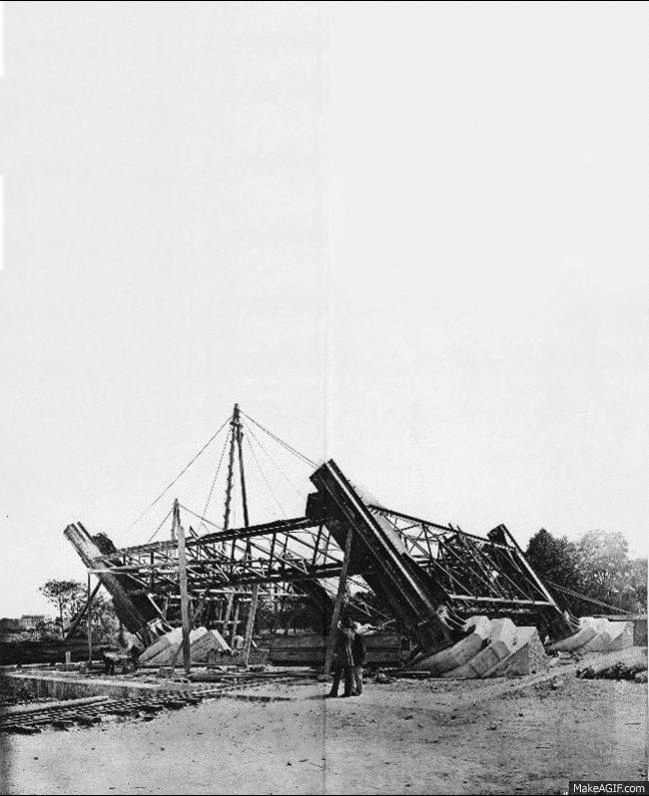125 years ago today, the Eiffel Tower was officially completed in Paris after 2 years, 2 months, and 5 days of construction.
It stood as the gateway for the 1889 Exposition Universelle (World’s Fair) in honor of the 100th anniversary of the storming of the Bastille, and continues to make an impact on the world’s conscious today.
In honour of the famous world attraction’s birthday, here are 13 cool facts about the Eiffel Tower everyone should know.
 Crowds at the 1889 Exposition Universelle in Paris.
Crowds at the 1889 Exposition Universelle in Paris.
1. The Eiffel Tower wasn’t the brainchild of Gustav Eiffel. Instead, his senior engineers Maurice Koechlin and Emile Nouguier designed the building. Gustav Eiffel wasn’t overly interested in the project, but sent the engineers to the head of the company’s architectural department, Stephen Sauvestre. With Sauvestre’s edits, Eiffel got behind the final plans and bought the right to the patent.
2. The Eiffel Tower in numbers: 300 workers, 18,038 pieces of wrought iron, 2.5 million rivets, 10,000 tons, 984.25 feet high.
3. The tower was built as a symbol of modern science, or as Eiffel himself said, “not only the art of the modern engineer, but also the century of Industry and Science in which we are living.” At the time that the tower was being built, another technology was also in its infancy phase — photography. As the tower was built, many photographers captured series of photographs to show the tower’s construction.

4. At the time of its construction, the Eiffel Tower was the tallest building in the world. It wasn’t until 1930 when New York City’s Chrysler Building rose up to 1,046 feet that the tower lost that title.
5. The Eiffel Tower’s elevators weren’t operational at first. On May 6, fair goers were allowed to enter the tower, but the 30,000 visitors had to climb 1,710 steps to reach the top. The lifts finally entered service on May 26.
6. Parisian residents originally hated the Eiffel Tower, calling it an eyesore. Newspapers received angry letters that said the tower didn’t fit into the feel of the city, and there was a team of artists that rejected the plan from the get-go. One apocryphal story says that novelist Guy de Maupassant said he hated the tower, but ate at its restaurant every day for lunch. When he was asked why, Maupassant replied it was only place in Paris he couldn’t see it.

7. It changes height by the season. Because it’s made with puddled (wrought) iron, the tower’s metal expands when exposed to the summer sun, causing the structure to rise by as much as 6.75 inches.
8. The Eiffel Tower was only meant to stand for 20 years, but the French military and government began using it for radio communication and later telecommunication. When the permit expired in 1909, the City of Paris decided to keep it.
9. The Eiffel Tower has stood up to quite a lot during its lifetime. It transmitted radio signals during WWI, and during WWII the elevator wires were cut so that the Nazis could not use the tower (after Allied troops entered the city, the elevators were fixed). It even survived a fire on its top floor, and over 250 million visitors from around the world climbing on it.
10. The tower is not painted one uniform color. To counteract atmospheric perspective, the tower is painted darker at the top and becomes gradually lighter towards the bottom.
11. Speaking of paint, every seven years 50 to 60 tons of paint are applied to protect the tower from rust.
12. It’s not just a tourist attraction. The Eiffel Tower has housed a newspaper office, post office, scientific laboratories, a theater, and the first level becomes an ice rink every year.
13. It is the most visited paid monument in the world, attracting almost 7 million visitors every year (75% of whom are from other countries). Here’s the full breakdown:


